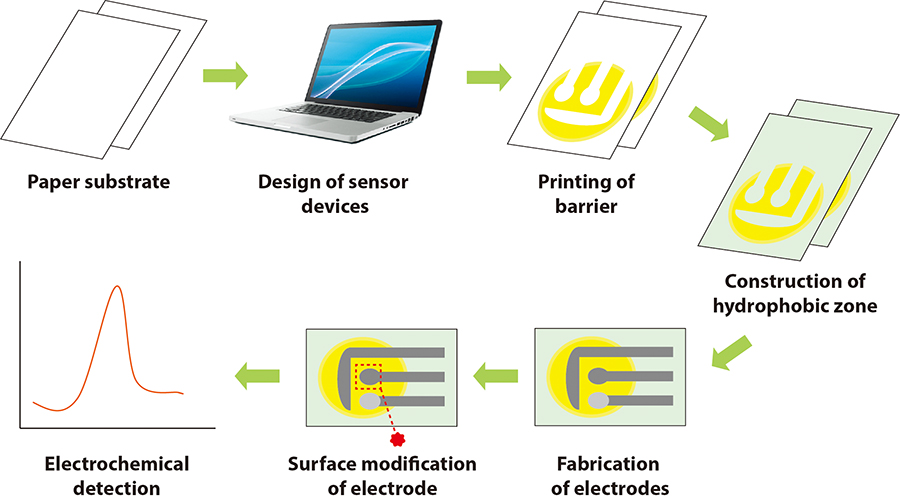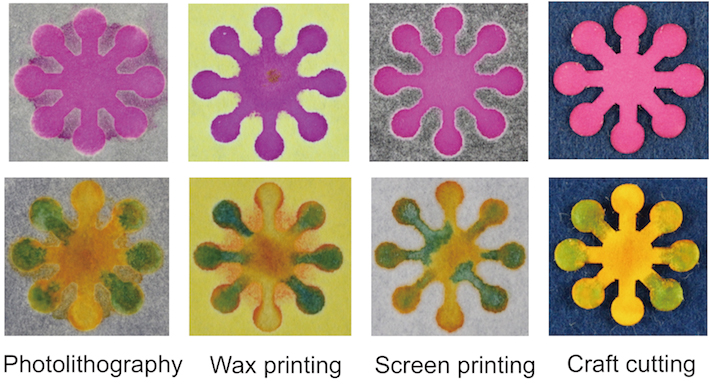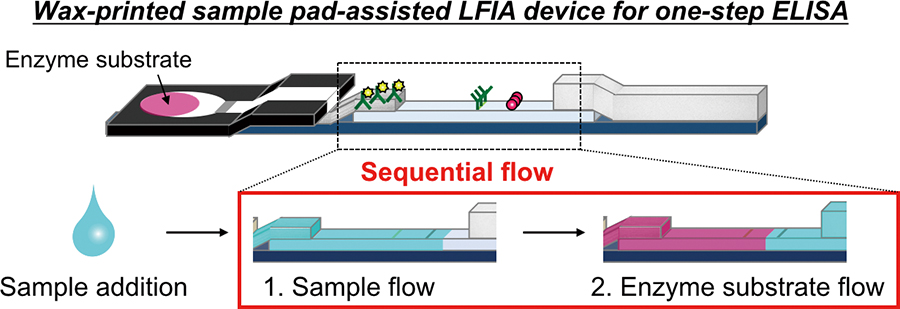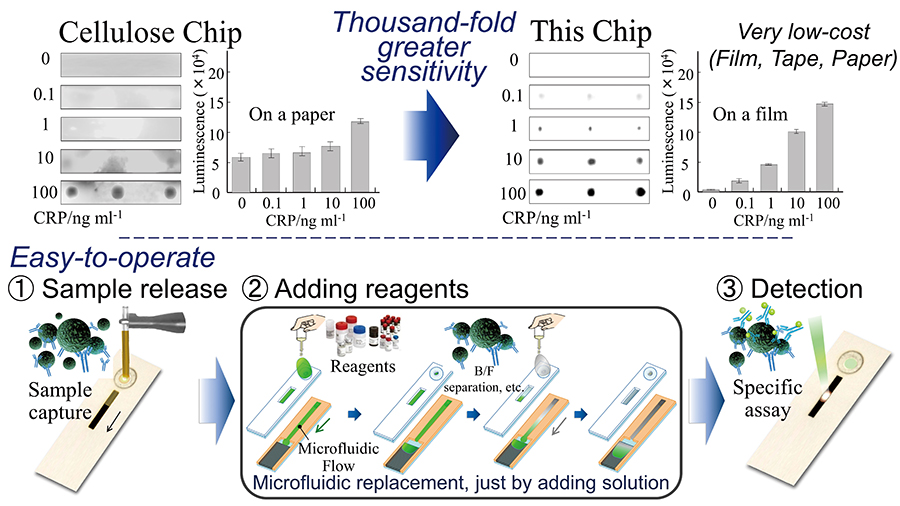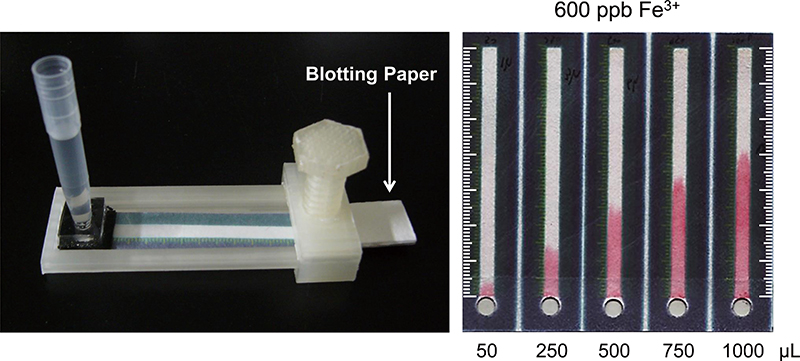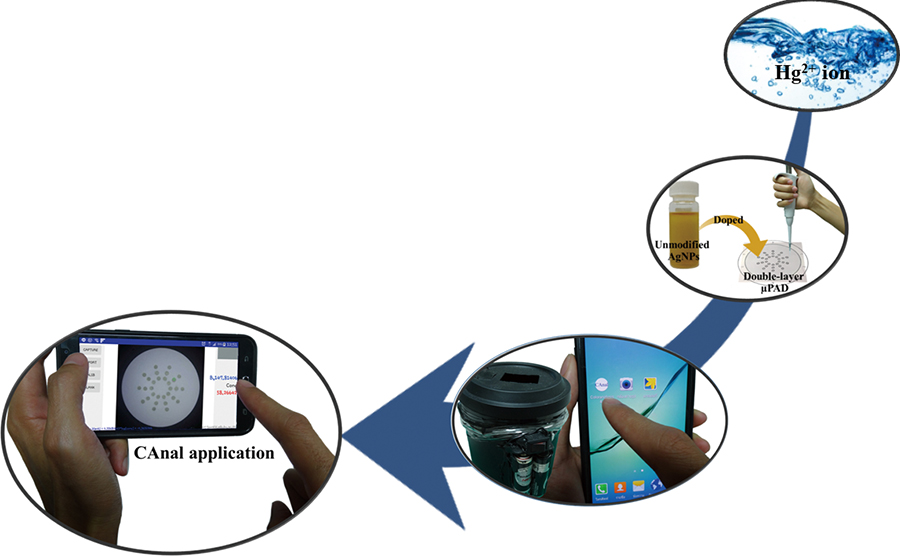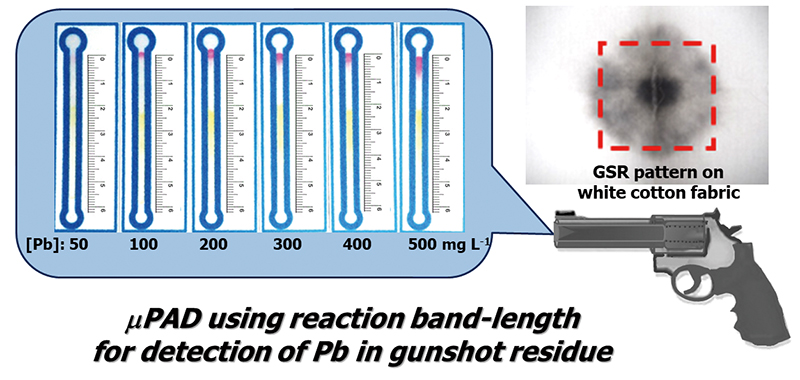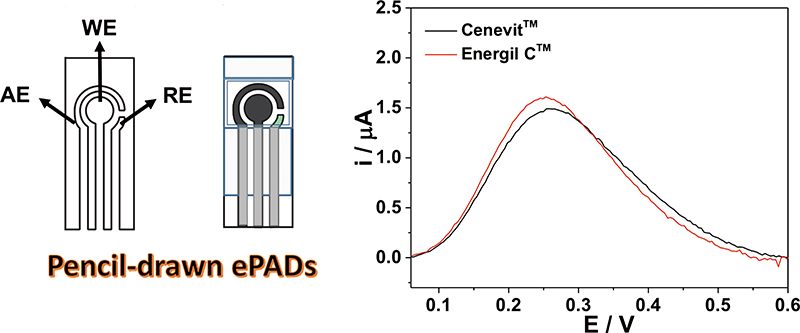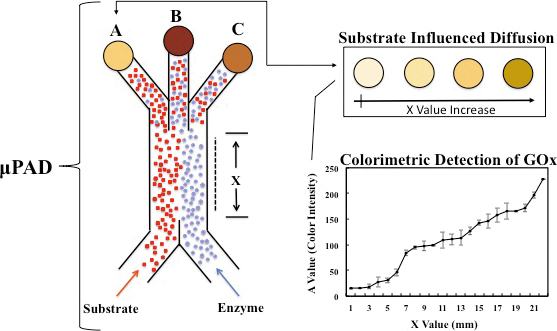Volume 34, Issue 1
Displaying 1-19 of 19 articles from this issue
- |<
- <
- 1
- >
- >|
Rapid Communications
-
Article type: Rapid Communications
2018Volume 34Issue 1 Pages 1-4
Published: January 10, 2018
Released on J-STAGE: January 10, 2018
Download PDF (1114K)
Guest Editorial
-
Article type: Guest Editorial
2018Volume 34Issue 1 Pages 5-6
Published: January 10, 2018
Released on J-STAGE: January 10, 2018
Download PDF (191K)
Reviews
-
Article type: Reviews
2018Volume 34Issue 1 Pages 7-18
Published: January 10, 2018
Released on J-STAGE: January 10, 2018
Download PDF (1523K) -
Article type: Reviews
2018Volume 34Issue 1 Pages 19-31
Published: January 10, 2018
Released on J-STAGE: January 10, 2018
Download PDF (7101K)
Original Papers
-
Article type: Original Papers
2018Volume 34Issue 1 Pages 33-38
Published: January 10, 2018
Released on J-STAGE: January 10, 2018
Download PDF (25439K) -
Article type: Original Papers
2018Volume 34Issue 1 Pages 39-44
Published: January 10, 2018
Released on J-STAGE: January 10, 2018
Download PDF (9549K) -
Article type: Original Papers
2018Volume 34Issue 1 Pages 45-50
Published: January 10, 2018
Released on J-STAGE: January 10, 2018
Download PDF (3575K) -
Article type: Original Papers
2018Volume 34Issue 1 Pages 51-56
Published: January 10, 2018
Released on J-STAGE: January 10, 2018
Download PDF (3203K) -
Practical High-Performance Lateral Flow Assay Based on Autonomous Microfluidic Replacement on a FilmArticle type: Original Papers
2018Volume 34Issue 1 Pages 57-63
Published: January 10, 2018
Released on J-STAGE: January 10, 2018
Download PDF (7298K) -
Article type: Original Papers
2018Volume 34Issue 1 Pages 65-70
Published: January 10, 2018
Released on J-STAGE: January 10, 2018
Download PDF (4876K) -
Article type: Original Papers
2018Volume 34Issue 1 Pages 71-74
Published: January 10, 2018
Released on J-STAGE: January 10, 2018
Download PDF (543K) -
Article type: Original Papers
2018Volume 34Issue 1 Pages 75-81
Published: January 10, 2018
Released on J-STAGE: January 10, 2018
Download PDF (1173K) -
Article type: Original Papers
2018Volume 34Issue 1 Pages 83-89
Published: January 10, 2018
Released on J-STAGE: January 10, 2018
Download PDF (1842K) -
Article type: Original Papers
2018Volume 34Issue 1 Pages 91-95
Published: January 10, 2018
Released on J-STAGE: January 10, 2018
Download PDF (1031K) -
Article type: Original Papers
2018Volume 34Issue 1 Pages 97-102
Published: January 10, 2018
Released on J-STAGE: January 10, 2018
Download PDF (1395K) -
Article type: Original Papers
2018Volume 34Issue 1 Pages 103-108
Published: January 10, 2018
Released on J-STAGE: January 10, 2018
Download PDF (3589K) -
Article type: Original Papers
2018Volume 34Issue 1 Pages 109-113
Published: January 10, 2018
Released on J-STAGE: January 10, 2018
Download PDF (1657K) -
Article type: Original Papers
2018Volume 34Issue 1 Pages 115-119
Published: January 10, 2018
Released on J-STAGE: January 10, 2018
Download PDF (1312K)
Announcements
-
Article type: Announcements
2018Volume 34Issue 1 Pages 121
Published: January 10, 2018
Released on J-STAGE: January 10, 2018
Download PDF (3847K)
- |<
- <
- 1
- >
- >|


